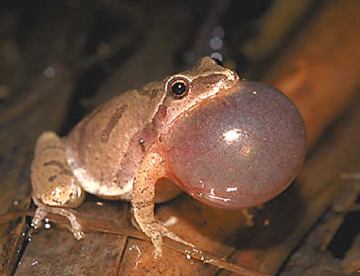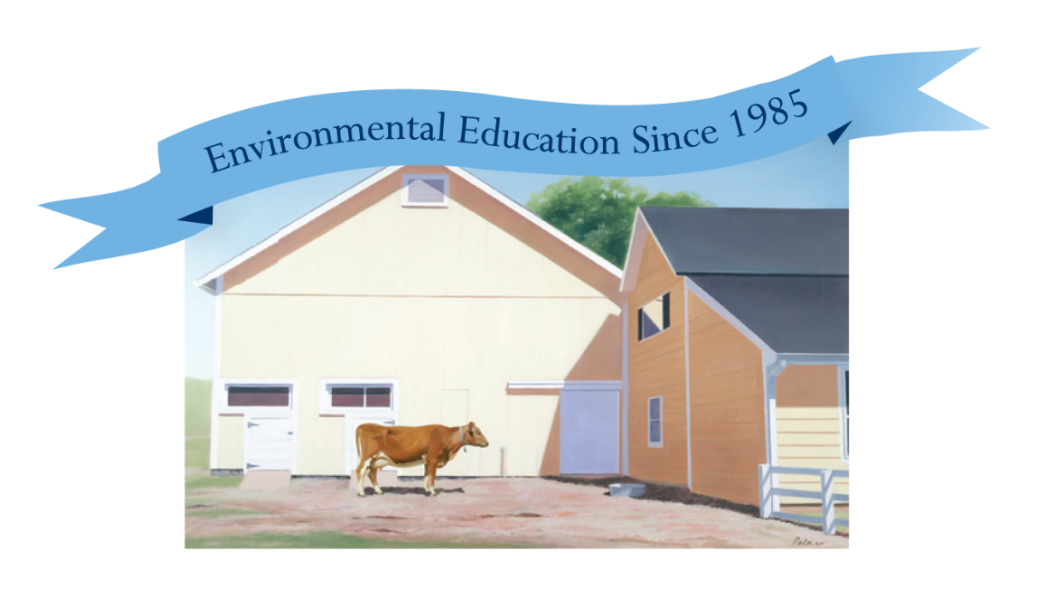Did you know that box turtles are one of the few species of turtle that can fully close into their shells? When they feel threatened they are able to tuck their heads and legs into their shell complete with a hinge that closes shut. Our box turtles feel safe and secure in our wildlife room so you will rarely see them hiding inside their shell. We house two different subspecies: the Eastern Box Turtle and the Three-Toed Box Turtle. Eastern Box Turtles can be found in our own backyard, as well as throughout the Eastern US from Maine to Florida and as far west as Texas.
While some of our box turtles have been with us for nearly two decades, they generally live for about 35 years in the wild, but a few have lived to be a hundred years! These wonderful creatures are omnivorous. Our turtles can be found munching on lettuce, berries, peppers, and more! Our box turtles will never turn down a juicy worm. Their wild counterparts delight in eating snails, insects, berries, fungi, slugs, worms, roots, flowers, fish, frogs, salamanders, snakes, birds, and eggs. The younger box turtles often exclusively eat a carnivorous diet, while the adults are primarily herbivores and enjoy a nice salad every now and then.



